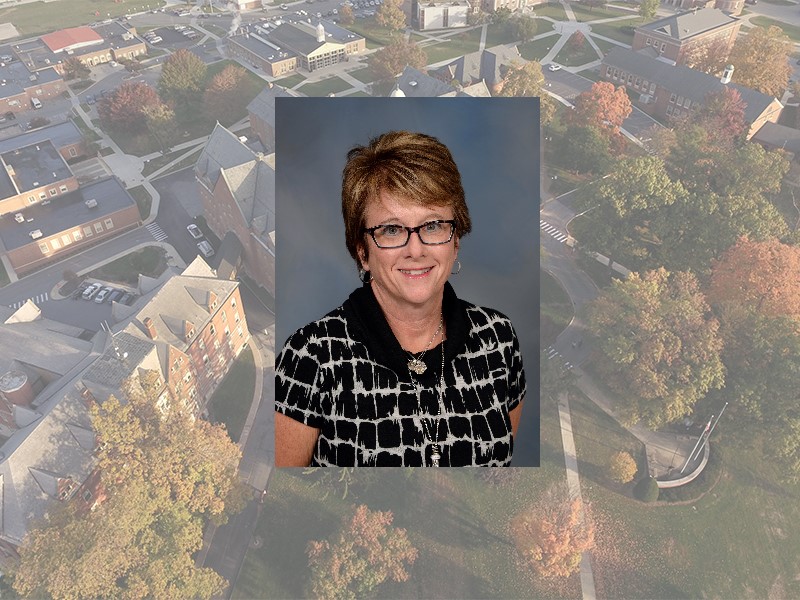Dr. Sara Grove, professor of political science and department chair, testified on the impact of invasive species and policy approaches to address the threat in Pennsylvania during a public hearing on August 24. The Center for Rural Pennsylvania (CRP) and its chair, Senator Gene Yaw, hosted the hearing.
In 2019, Grove, along with assistant professor of political science Mike Moltz conducted grant funded research for the center that provided a better understanding about legislative and regulatory effort to control invasive species, such as the spotted lanternfly, gypsy moth, emerald ash borer, hydrilla and red canarygrass.
The two not only took a closer look at how the commonwealth has historically sought to control invasive species, but they also researched national and international efforts such as those of Canada and the United Kingdom.
Their research is vital in protecting the environmental and economic health of Pennsylvania.
“Invasive species have been wreaking havoc on Pennsylvania land and waterways for decades,” Sen. Yaw said. “Research published by the center in 2019 estimated a direct economic impact of $13.1 million annually to Pennsylvania agriculture because of the spotted lanternfly. That’s an estimate for the damage to one industry and economy for just one of many invasive species.”
In her testimony, Grove promoted interagency cooperation, regulations for watercraft inspections and developing a funding mechanism for early detection and rapid response.
Several leaders in agriculture and natural resources from across the commonwealth joined Grove in testifying, including Department of Conservation and Natural Resources Secretary Cindy Adams Dunn ’80 -‘81M. Shippensburg University President Charles Patterson is also a member of the center’s board.
The Center for Rural Pennsylvania is a bipartisan, bicameral legislative agency that serves as a resource for rural policy within the Pennsylvania General Assembly. The Center works with the legislature, educators, state and federal executive branch agencies, and national, statewide, regional and local organizations to maximize resources and strategies that can better serve Pennsylvania’s nearly 3.4 million rural residents.

